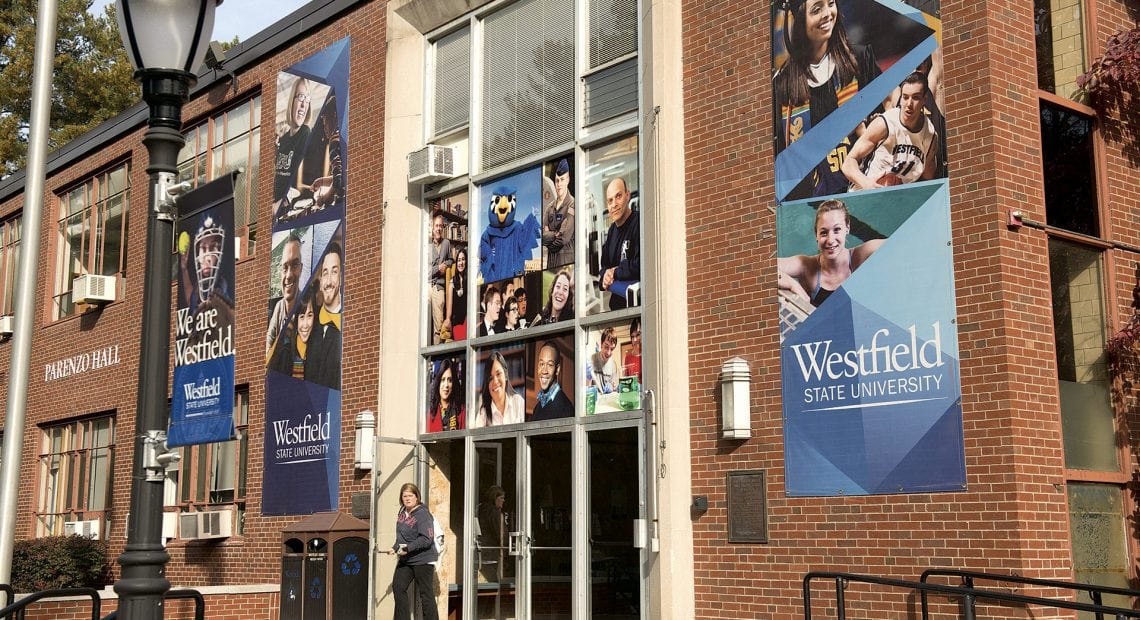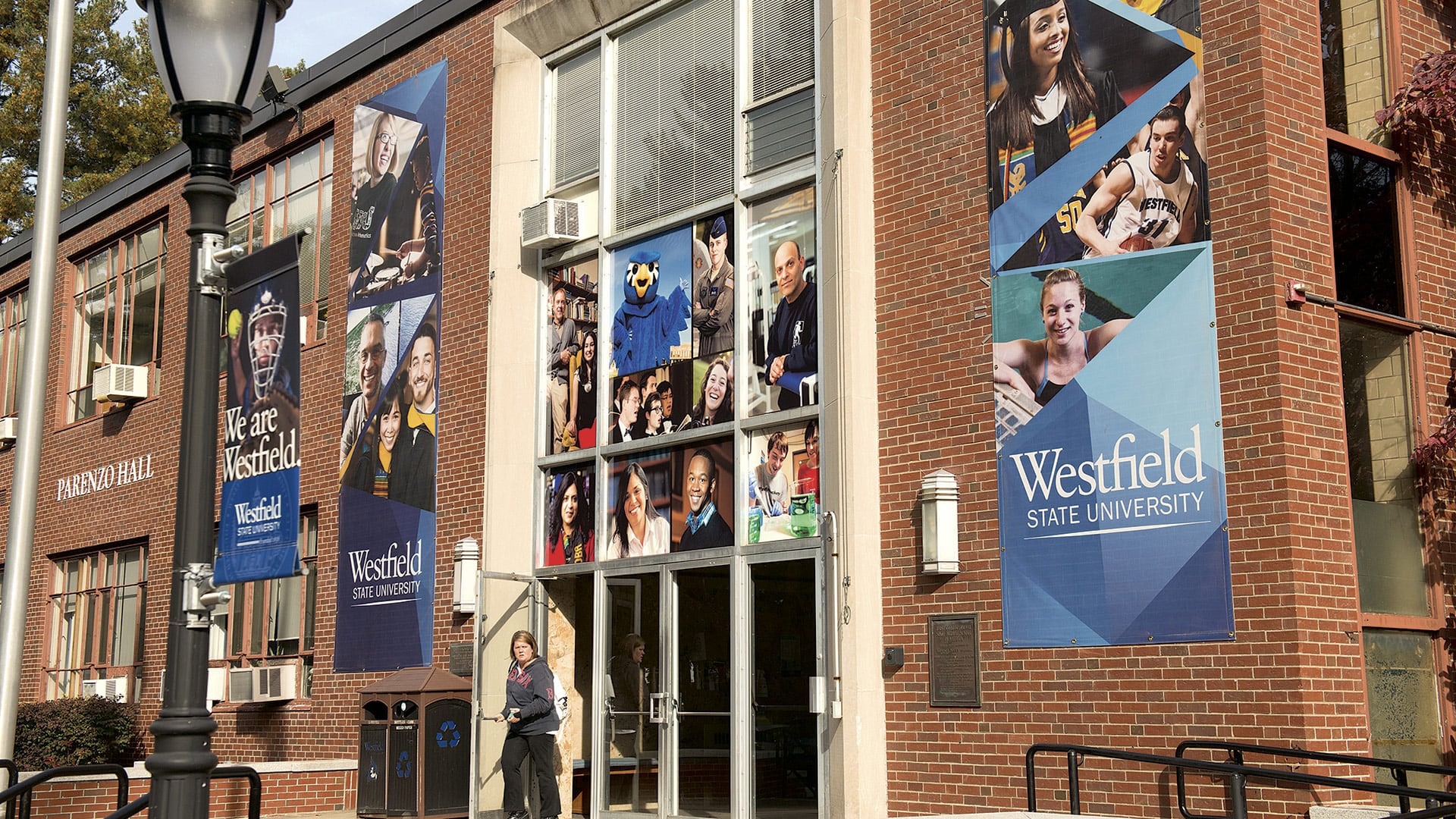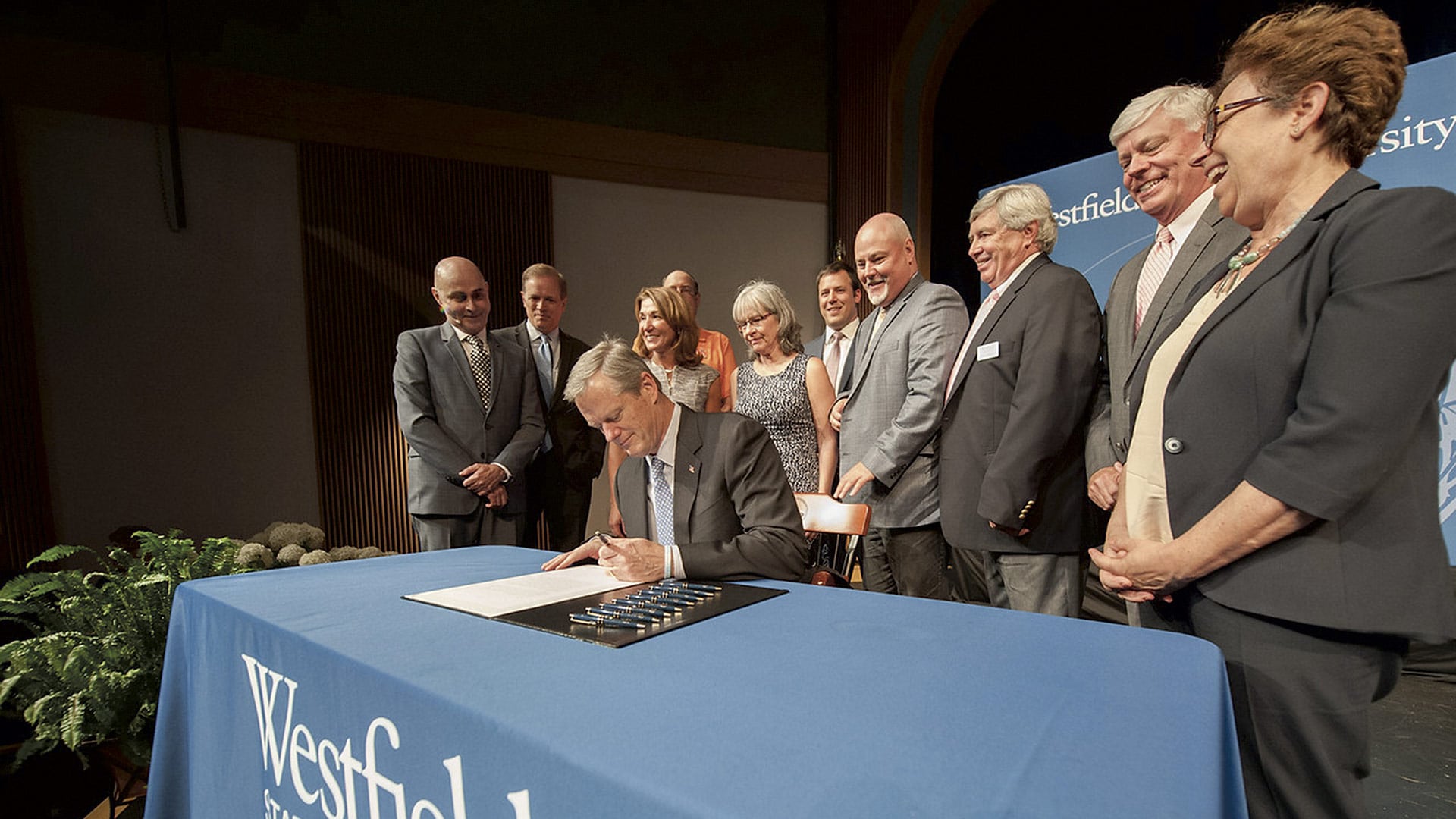Editorial
As you likely know, BusinessWest marked its 40th anniversary this month.
Over that time, the magazine has told many intriguing stories involving entrepreneurship, innovation, risk taking, and pioneering.
And one of the best — one that involves all those qualities and more — has been the meteoric rise of the institution now known as Bay Path University.
Roughly 30 years ago, this was a small — make that tiny — two-year school with a reach that barely extended beyond its campus in Longmeadow. Over the course of the past three decades, under the leadership of two presidents, first Carol Leary and now Sandra Doran, the school has taken dramatic strides, adding four-year and then graduate programs, creating new degree programs in areas ranging from cybersecurity to healthcare, launching the annual Women’s Leadership Conference, taking dramatic steps in online education, including creation of the American Women’s College, and much more.
The university now has a reach that is national and even global, and it has achieved this status by being what it encourages its students to be — innovative, bold, and entrepreneurial.
The latest example of all these traits coming together in a powerful way is the school’s recently announced acquisition of Cambridge College (see story on page 26). This bold move speaks not only to Bay Path’s intention to continue its efforts to grow enrollment and expand its reach, but to the trends and challenges in higher education today as well.
Indeed, due to a series of factors, especially heightened competition for enrollment and the rising costs of doing business, many schools have found it difficult to continue their missions. Many, in fact, have looked to merge or partner with other schools.
Meanwhile, Bay Path was developing a growth strategy, one that called for everything from new graduate programs to a broadening of its healthcare offerings; from geographic expansion to profound growth in enrollment among the Hispanic population — the fastest-growing population in the region.
As Doran told BusinessWest, there were several options for achieving these various goals, and one alternative was to nibble at the corners, as she put it. Another was to take a bold step, which was far more likely given the school’s recent track record.
Several acquisition options were considered in several different parts of the country, before Bay Path’s leadership eventually set its sights on Cambridge College, the Boston-based institution created a half-century ago.
This acquisition will essentially double Bay Path’s enrollment and take the institution (and probably the Bay Path name itself, although the specifics still must be worked out) to different markets, including Boston and Puerto Rico, where Cambridge has a campus in San Juan that provides graduate programs in business and technology as well as education and counseling to working professionals.
It will also allow the school to add another 30 graduate programs to its existing portfolio and better serve the growing Hispanic population — Cambridge is ranked among the best colleges and universities for Latinos.
Full integration of Cambridge College into Bay Path will take 18 to 24 months, and it will be interesting to see what the combined schools will look like then.
But we expect that this will be another success story for an institution that has written several of them over the past 30 years.









